A microchip-sized particle accelerator has been successfully tested, marking a breakthrough in miniaturized high-energy physics.
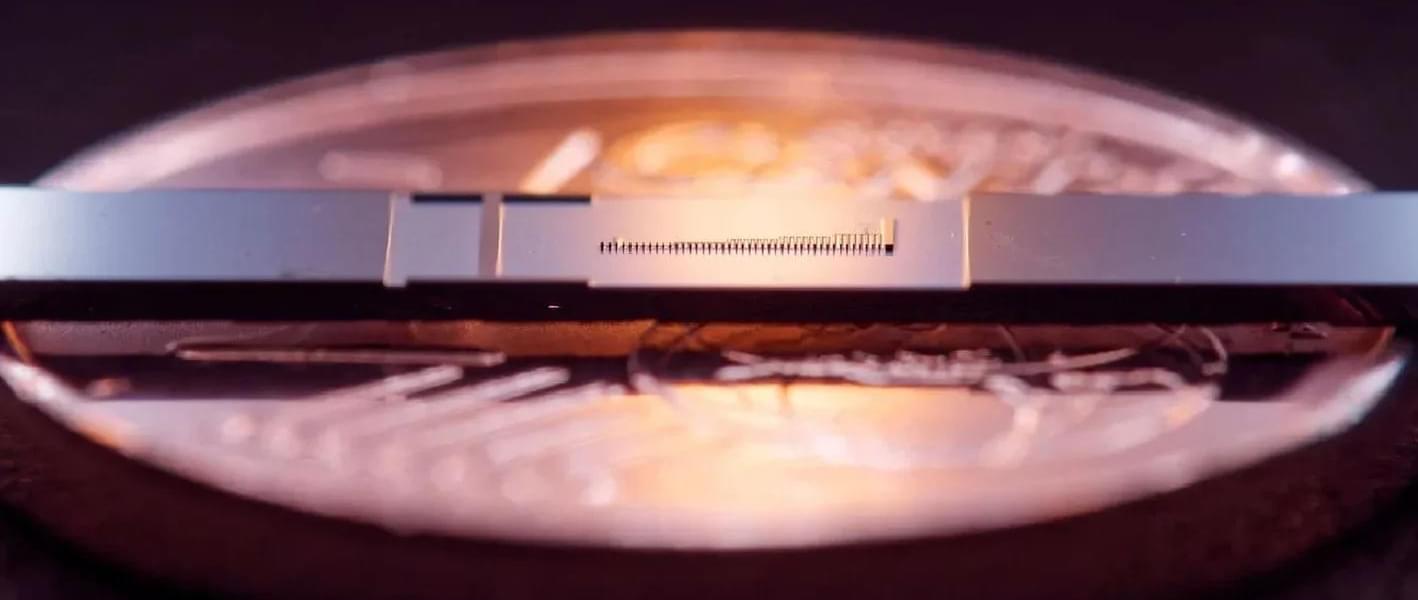

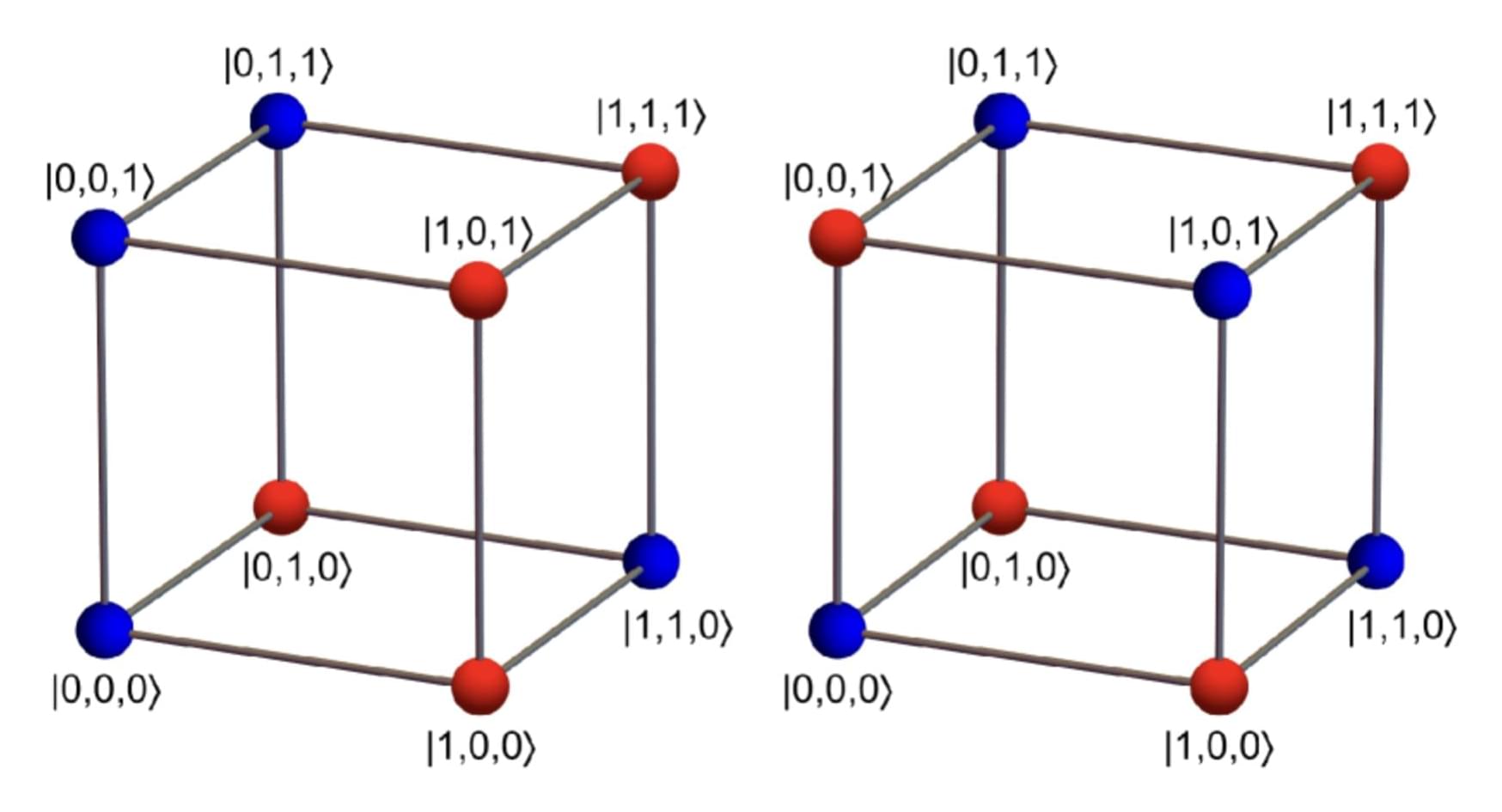
To address this challenge, the researchers propose two alternative QV tests that sidestep classical simulation entirely. Their primary modification involves using parity-preserving quantum gates — gates that maintain the parity (even or odd sum) of qubits throughout the computation. This allows the heavy output subspace to be known in advance, eliminating the need for classical verification.
The first approach, the parity-preserving benchmark, modifies the structure of the quantum circuits while keeping the number of two-qubit interactions the same. The researchers argue that this change has minimal impact on experimental implementation but significantly reduces computational costs.
“Since the interaction part is unaffected, the number of fundamental two-qubit gates, 3 in case of CNOTs, remains unchanged,” they write in the paper.

A team of mathematicians and statisticians from the University of Wisconsin-La Crosse, the University of Tennessee and Valparaiso University, all in the U.S., has found new evidence that wolves had ample time to self-domesticate and evolve into modern dogs. In their study published in the journal Proceedings of the Royal Society B, the group developed a computer simulation showing the evolution process.
Prior research has suggested that the process of self-domesticating and then slowly evolving into modern dogs would have taken too long. Additionally, researchers believe that humans and dogs have been living in close proximity for approximately 30,000 years and that for the past 15,000 years, humans have been breeding them to perform certain tasks. But what happened in the first 15,000 years is less clear.
Some have suggested that humans may have begun encouraging the friendliest wolves to hang around by adopting their puppies, finding their presence advantageous. Others have suggested that wolves moved ever closer to groups of humans for access to leftover food. But this evolution, others have noted, would take more than 15,000 years to reach the point where humans began breeding them.
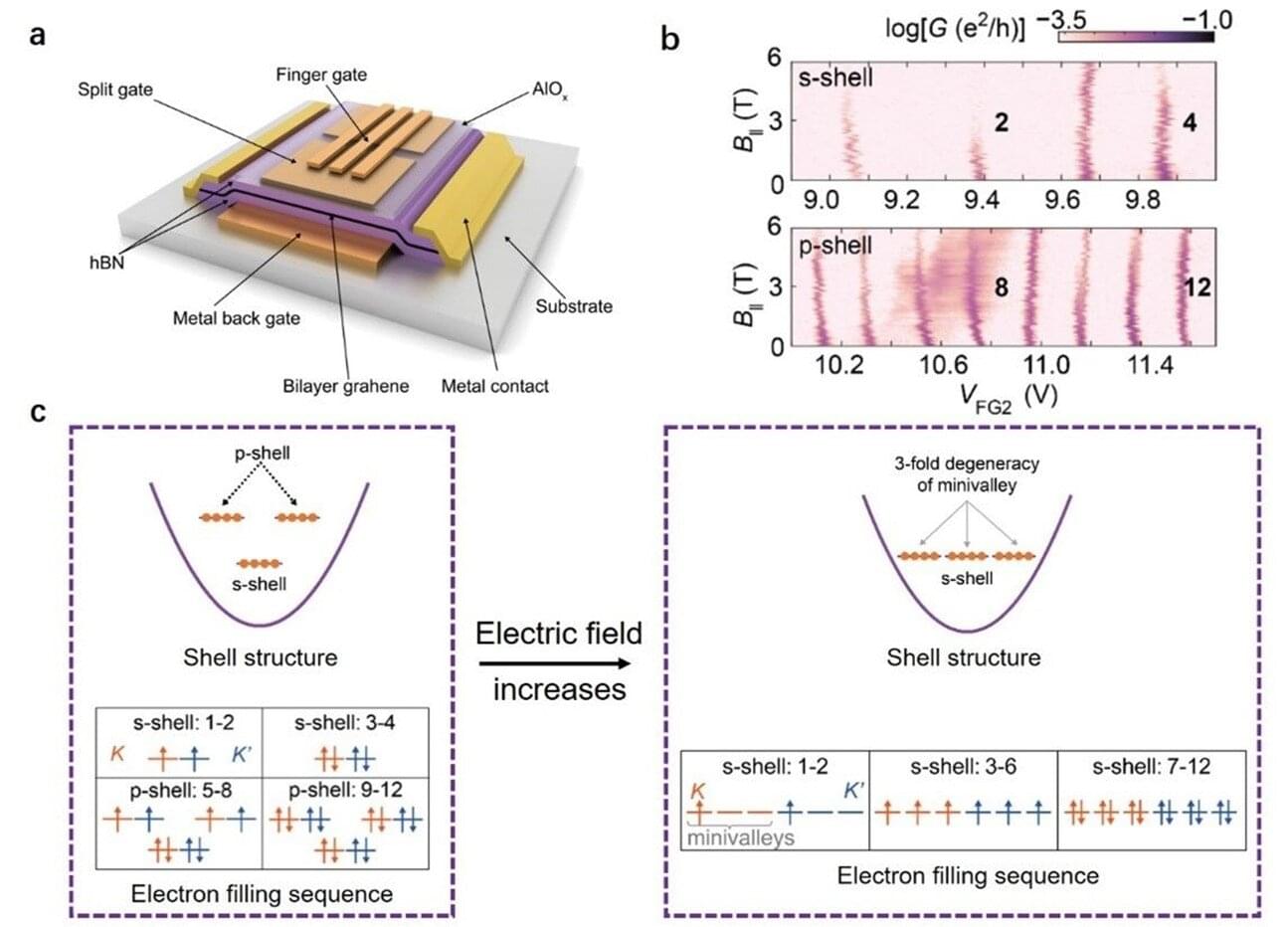
A research team from the University of Science and Technology of China has demonstrated the ability to electrically manipulate the spin filling sequence in a bilayer graphene (BLG) quantum dot (QD). This achievement, published in Physical Review Letters, showcases the potential to control the spin degree of freedom in BLG, a material with promising applications in quantum computing and advanced electronics.
BLG has drawn extensive attention in recent years due to its unique properties. When an out-of-plane electric field is applied, it can generate a tunable band gap. Moreover, the trigonal warping effect, caused by the skew interlayer coupling, gives rise to additional minivalley degeneracy, greatly influencing the behavior of charge carriers. Quantum dot devices, which can precisely control the number of charge carriers, have become a crucial tool for studying these phenomena at the single-particle level.
The research team delved into the intricate dynamics of electron shell structures within bilayer graphene quantum dot, focusing on how these structures can be manipulated through the trigonal warping effect, a unique feature of bilayer graphene. They employed a highly tunable quantum dot device, which provided the means to control the electron filling sequence. They began by applying a small perpendicular electric field, observing that the s-shell filled with four electrons, two with spin-up and two with spin-down, each from opposite valleys.
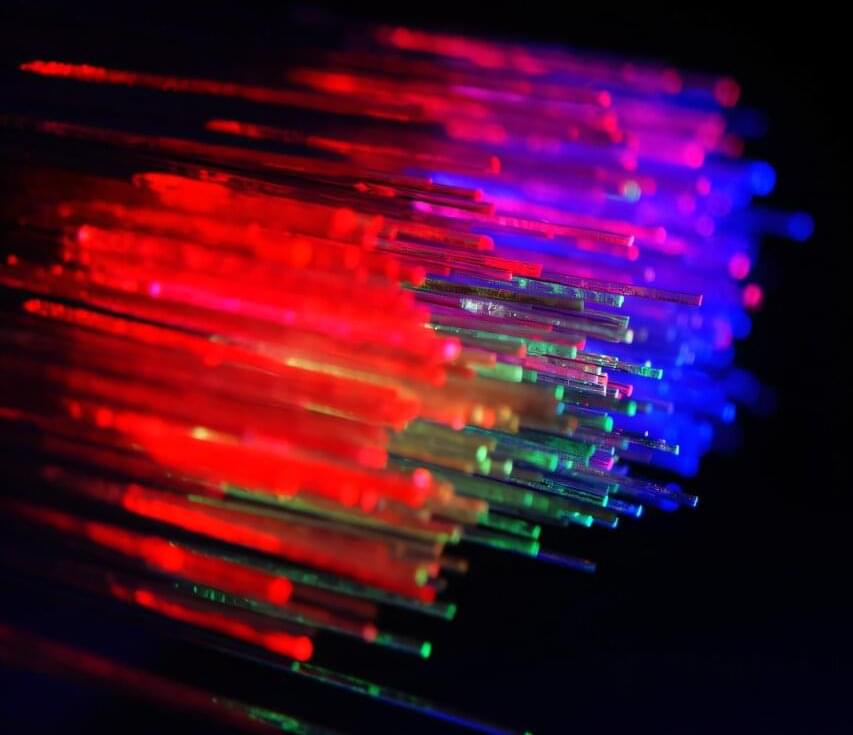
From high-speed communication to quantum computing and sensing, the detection, transmission, and manipulation of light (photons) have transformed modern electronics. Central to these systems are photon detectors, which detect and measure photons.
One notable type is the superconducting nanowire single-photon detector (SNSPD). SNSPDs utilize ultra-thin superconducting wires that quickly transition from a superconducting state to a resistive state when a photon strikes, allowing for ultra-fast detection.
The wires in these detectors are arranged in a Peano arced-fractal pattern, which remains consistent across various scales. This unique design enables the detector to detect photons regardless of their direction or polarization (the orientation of the photon’s electric field). Due to these advantages, arced-fractal SNSPDs (AF SNSPDs) are crucial in applications such as light detection and ranging, quantum computing, and quantum communication.
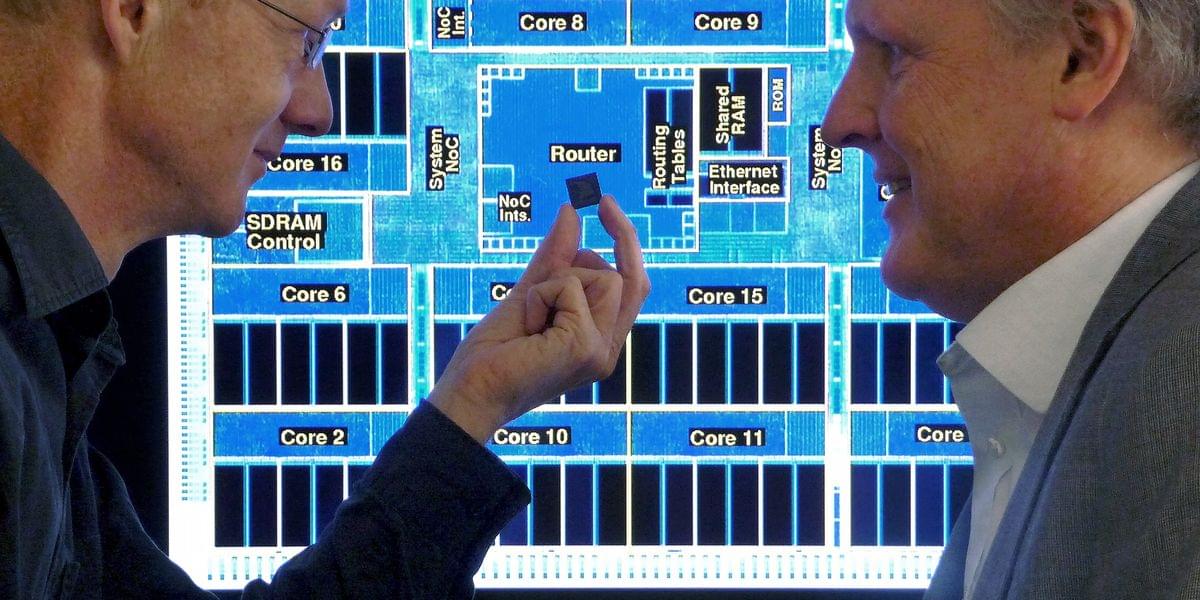
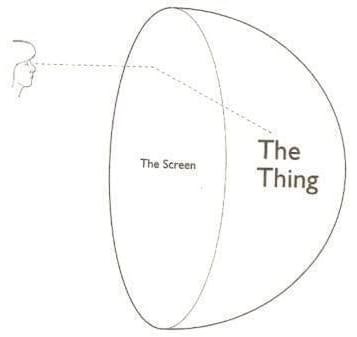
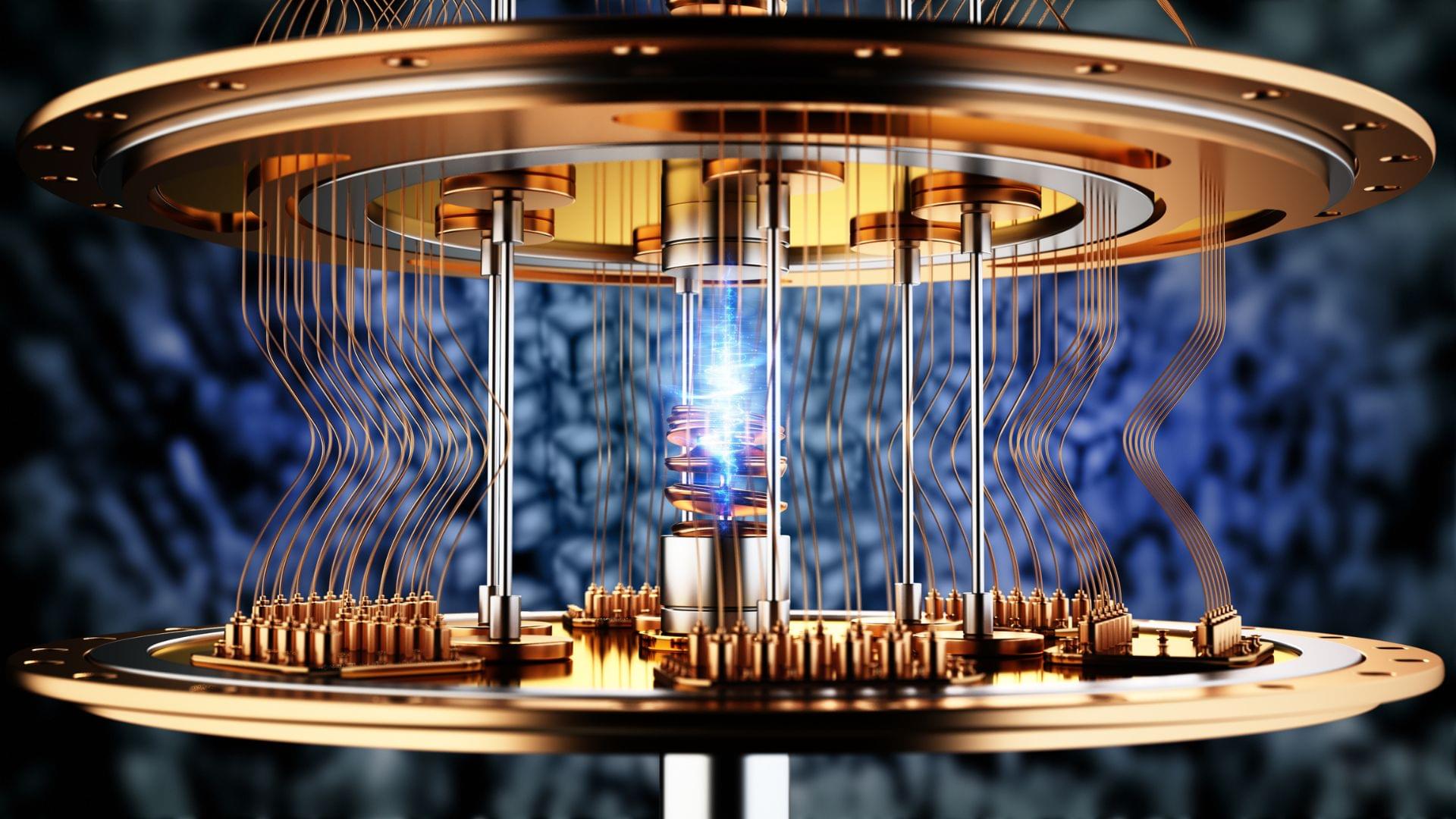
Researchers at the Institute of Science and Technology in Austria (ISTA) have achieved a major milestone in quantum computing after obtaining a complete optical readout of superconducting qubits.
This will help in building scalable quantum computers that are robust, operate at room temperature, and at a much lower cost, a press release said.
Quantum computers are the next frontier of computing, allowing calculations to occur at exponential rates compared to classical computers.
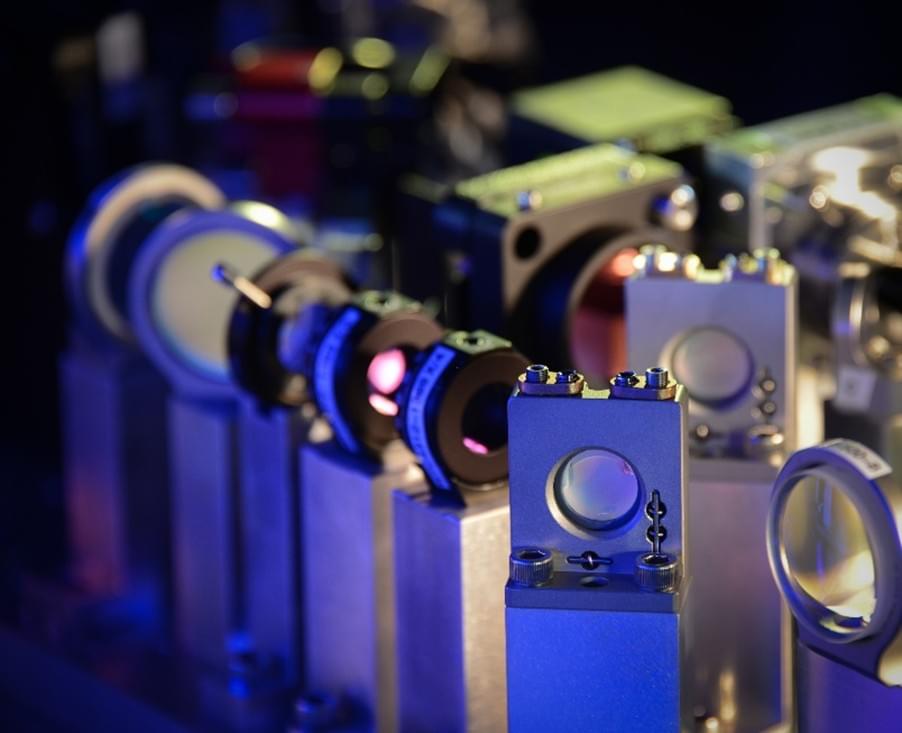
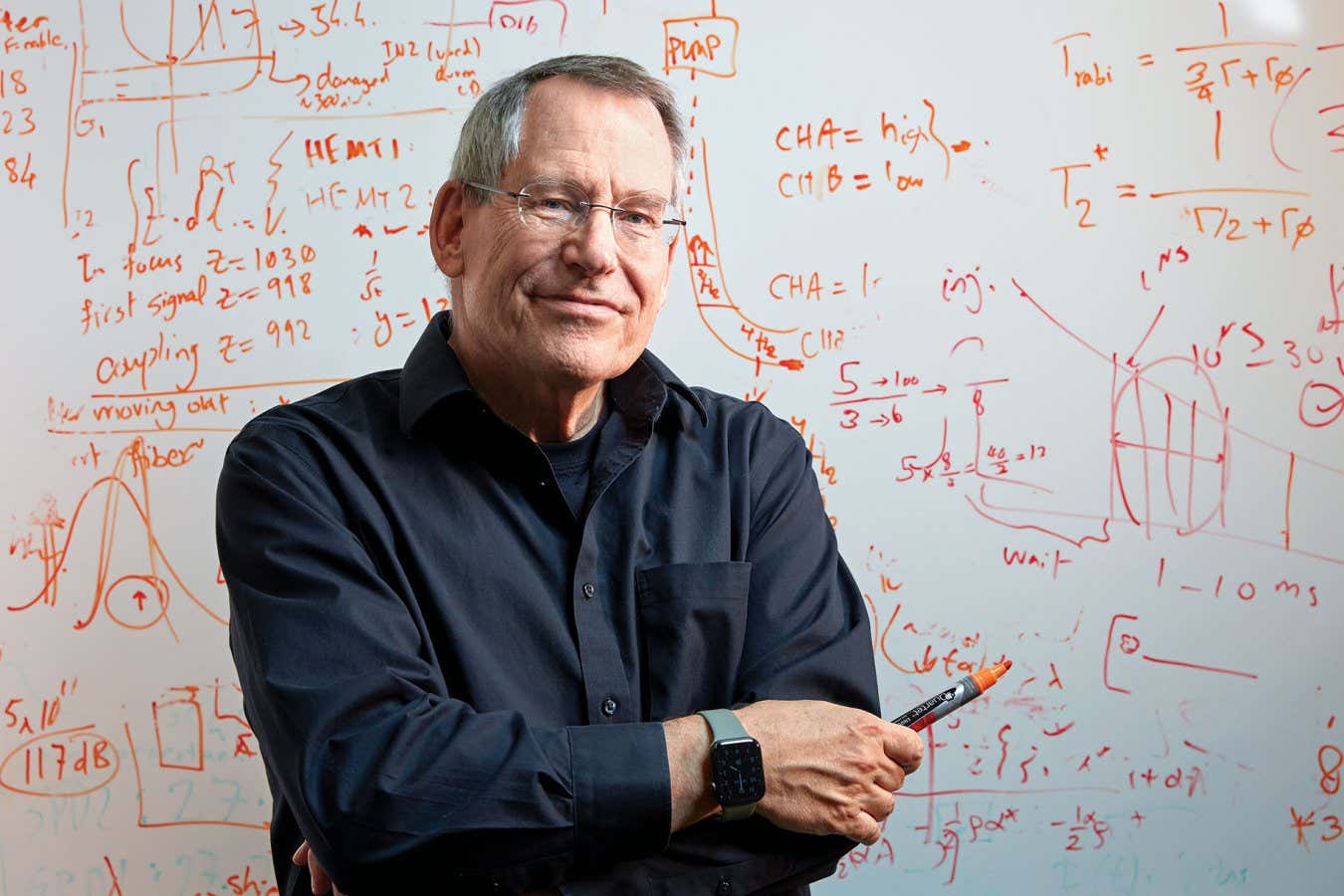
John Preskill has been guiding the growing quantum computing industry for decades, and now he has set a new challenge – to build a device capable of a million quantum operations per second, or a megaquop.